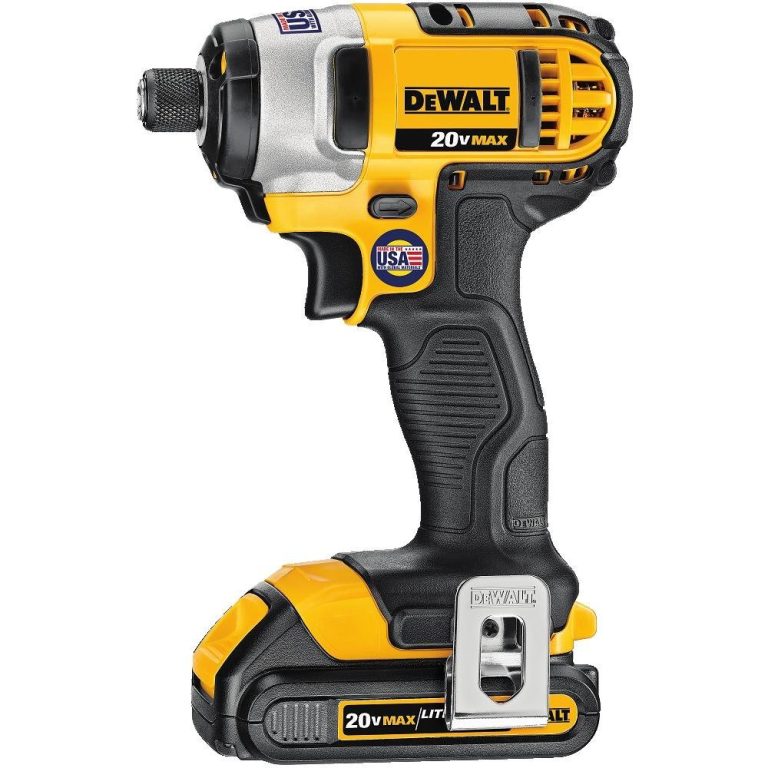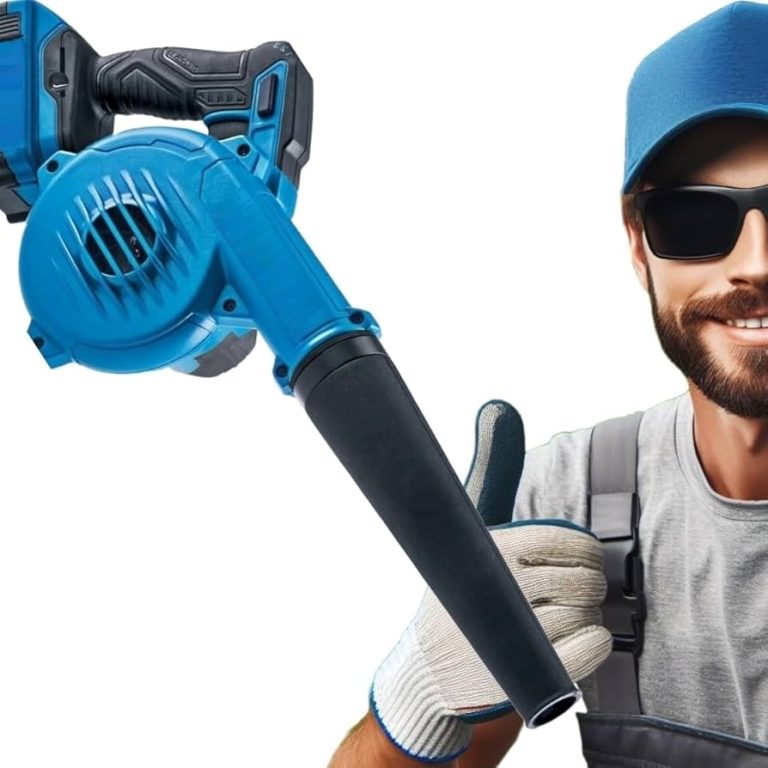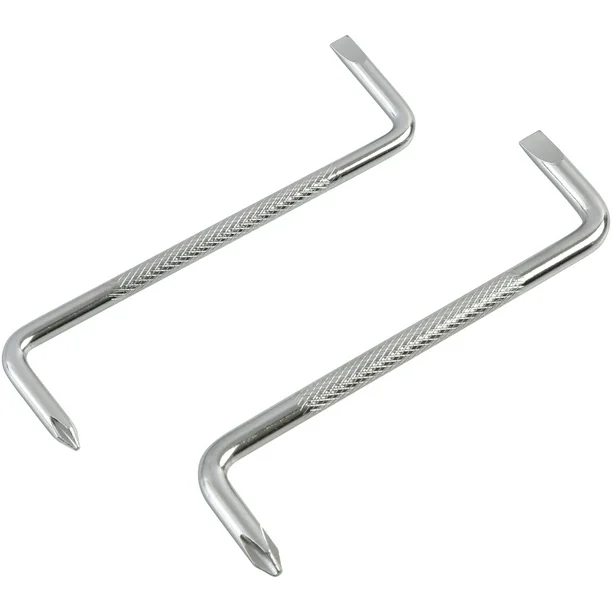
Evolution of Mastering the Offset Screwdriver in Used for 2025
Introduction to Offset Screwdrivers
An offset screwdriver is a tool not found in every toolbox, but its purpose is clear. It is specially designed for screws in tight or recessed spaces where a regular screwdriver cannot reach. The unique feature of an offset screwdriver is its Z-shaped body, which allows torque to be applied parallel to the surface being worked on.
Offset screwdrivers vary in size and shape to fit different types of screws and spaces. Some come with interchangeable bits, while others are fixed with a specific head type, like Phillips or flathead. An offset screwdriver used for tasks ranges from appliance repair to cabinetry and automotive work, demonstrating its versatility.
Understanding how to use this tool can save time and avoid frustration when dealing with difficult-to-reach screws. Its compact design also makes it portable and easy to store in a tool belt or box, ensuring it’s always on-hand when needed. For the professional or the DIY enthusiast, comprehending its application is essential.
In the next sections, we will explore the evolution of this indispensable tool, discuss its key features, and share tips for its use and maintenance, so you can select the right offset screwdriver for your toolbox.
Evolution of Offset Screwdrivers Over the Years
The offset screwdriver has seen significant advancements since its inception. Initially crafted for specific, niche tasks, its design became more versatile over time. Decades ago, offset screwdrivers were primarily made from sturdy metals, and options were limited. Today, they incorporate lightweight materials and ergonomic designs.
Early designs were simple, yet functional. They catered mainly to professionals in certain trades. As DIY culture grew, the demand for diverse functionalities rose. Offset screwdrivers evolved to feature interchangeable bits and a wider range of sizes.
Technological enhancements have further transformed these tools. Some have magnetic tips for better grip on screws, while others boast ratcheting mechanisms to speed up the screwing process. Tools are now more durable and resistant to wear, even in tough working environments.
The introduction of multi-bit offset screwdrivers broke new grounds. One handle could now accommodate different screw types, making the tool more adaptable. Specialized versions were also developed, such as those designed for the electronics industry, which requires precision.
Recently, eco-friendly versions have emerged, using sustainable materials and production methods. This aligns with global trends of environmental consciousness in tool manufacturing.
In the future, advancements could include further miniaturization, smarter features like electronic torque control, or integration with digital technology for enhanced functionality. The journey of the offset screwdriver reflects the innovation that drives hand tools forward, driven by user needs and technological progress.
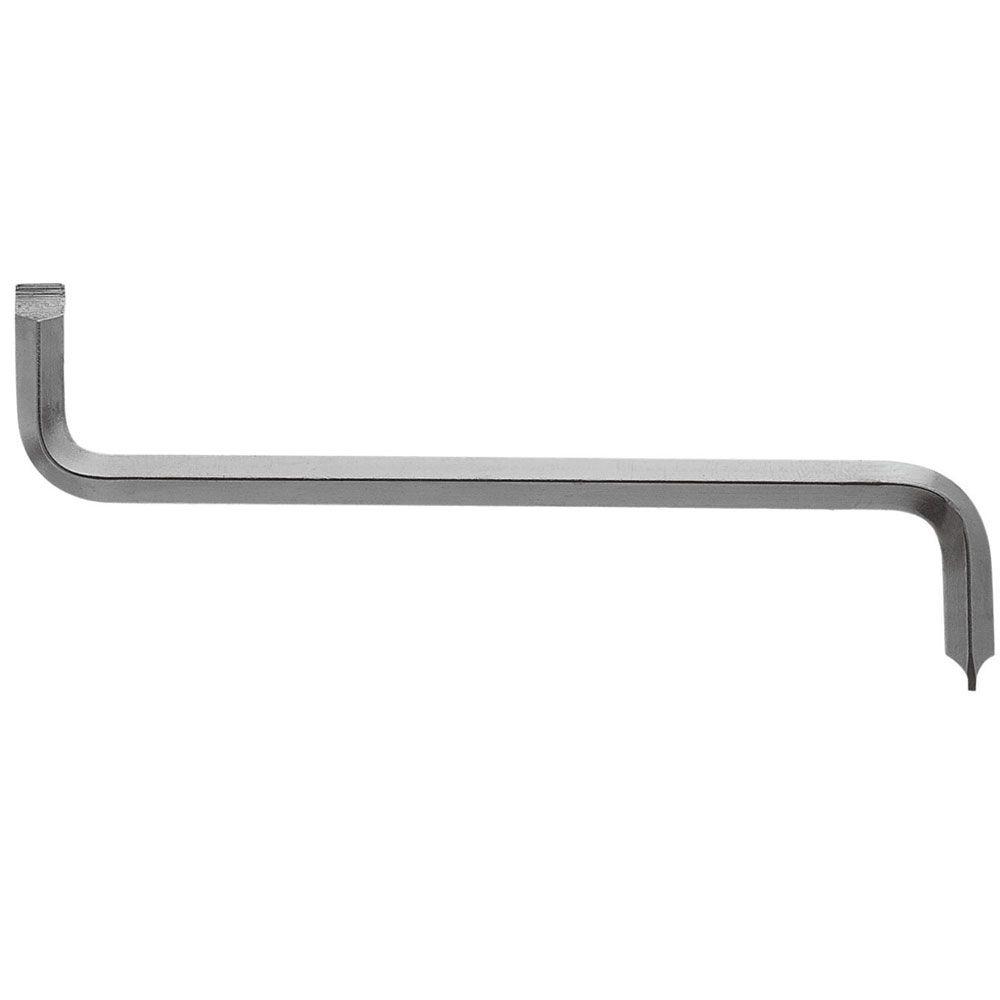
Key Features of Offset Screwdrivers
Offset screwdrivers come with distinct features that set them apart from regular screwdrivers. Let’s delve into the key characteristics that define these specialized tools:
- Z-Shaped Design: The signature shape of the offset screwdriver allows it to navigate tight spaces with ease. Its angular body facilitates a parallel approach to the work surface, granting access where traditional tools cannot fit.
- Interchangeable Bits: Many offset screwdrivers have removable bits. This feature permits a single tool to adapt to various screw head types, such as Phillips, flathead, or Torx, without the need for multiple, single-head screwdrivers.
- Size Variety: These tools come in different sizes. This means that there is an offset screwdriver used for small electronic devices as well as large machinery, ensuring versatility across numerous tasks.
- Ergonomic Grip: Modern offset screwdrivers often focus on user comfort, providing a grip that reduces hand fatigue during extended use. Perfectly shaped handles enhance control and precision.
- Durability: Made from high-quality materials, offset screwdrivers withstand tough conditions. The durability factor is crucial for tools that are used frequently in various environments.
- Magnetic Tips: Some offset screwdrivers feature magnetic tips to hold screws in place. This minimizes the risk of dropping screws and speeds up the task.
- Ratcheting Mechanism: A ratcheting feature in certain offset screwdrivers enables continuous movement in one direction while locking in the other. This enhances efficiency, especially in confined areas where movement is limited.
Recognizing these critical features will help you understand how an offset screwdriver can be a significant addition to your toolbox. Each feature is designed to provide solutions to common problems encountered in areas where a regular screwdriver simply won’t do.
The Importance of Offset Screwdrivers in Tight Spaces
The importance of offset screwdrivers cannot be overstated when it comes to working in tight spaces. The design of these tools is crucial for tasks where other screwdrivers fail to function effectively. Let’s explore why an offset screwdriver is an essential tool for such scenarios:
- Avoiding Damage: By using an offset screwdriver, you minimize the risk of damaging surrounding surfaces or components, which can happen when using a traditional screwdriver in a cramped space.
- Increased Efficiency: These screwdrivers enable you to work more quickly and effectively. There’s no need to partially disassemble structures just to reach a screw, saving time and effort.
- Enhanced Leverage: The bent shape of an offset screwdriver provides leverage that is not possible with a straight screwdriver. This makes it easier to loosen or tighten screws that may be stuck.
The offset screwdriver serves a unique purpose and is often the only tool that can do the job in certain tight spots. Whether it’s a DIY home project or professional work in automotive or electronics, this tool significantly simplifies challenges that come with working in confined areas. For anyone keen on efficiency and preserving their work materials, an offset screwdriver becomes indispensable in their toolkit.

How to Use an Offset Screwdriver Effectively
Using an offset screwdriver effectively requires knowledge of a few key techniques. Here are the steps to follow for efficient use:
- Align the Tool: First, align the offset screwdriver with the screw. Ensure the tip fits snugly into the screw head.
- Apply Pressure: Gently apply pressure to keep the screwdriver in place. This helps prevent slipping and potential damage.
- Use Correct Angle: Position yourself so that the handle of the screwdriver allows you to apply torque with ease. The correct angle ensures maximum efficiency.
- Turn with Care: To remove a screw, turn the screwdriver counterclockwise. To tighten, turn it clockwise. Do this with a steady hand.
- Leverage the Z-Shape: Use the Z-shape to your advantage. The design helps access and apply the right torque in tight spaces.
- Keep Your Grip Firm: Maintain a firm grip on the handle. A solid grip helps control the screwdriver and improves precision.
Remember, patience and a calm approach are vital when working with an offset screwdriver used for precision tasks. These simple yet effective tips will assist you in becoming proficient with an offset screwdriver, ensuring every turn counts.
Offset Screwdriver Tips and Tricks
Mastering the use of an offset screwdriver can make tasks in tight spaces much easier. Additionally,here are some tips and tricks that will help you get the most out of this versatile tool:
- Maintain Steady Pressure: Always maintain a steady downward pressure to keep the tip engaged with the screw. This prevents cam-out and slipping.
- Optimize Your Positioning: Make sure you are comfortably positioned to allow for optimal use of the screwdriver. Your arms should be at a comfortable angle for the best results.
- Utilize the Tool’s Shape: The Z-shape is what makes the offset screwdriver so useful in tight spots. Learn to navigate and find the best angle for each job.
- Consider Using a Magnet: If your offset screwdriver doesn’t have a magnetic tip, you can place a small magnet near the tip to help retain the screw. This minimizes the chances of dropping it in tight spaces.
- Use the Right Size: Using the correct size of the screwdriver for the screw head is crucial. Too big or too small can strip the screw or damage the tool.
- Multi-Bit Versatility: If you have a multi-bit offset screwdriver, familiarize yourself with changing bits swiftly to speed up your workflow.
- Clean the Bits: After each use, clean the bits. This keeps them in good condition and prevents rust or debris from affecting performance. A quick wipe with a cloth is often sufficient.
- Practice Makes Perfect: Like any tool, using an offset screwdriver effectively comes with practice. Try out different angles and pressures to find what works best for you.
Remember, an offset screwdriver used for a range of tasks can be a real game-changer in your toolkit.
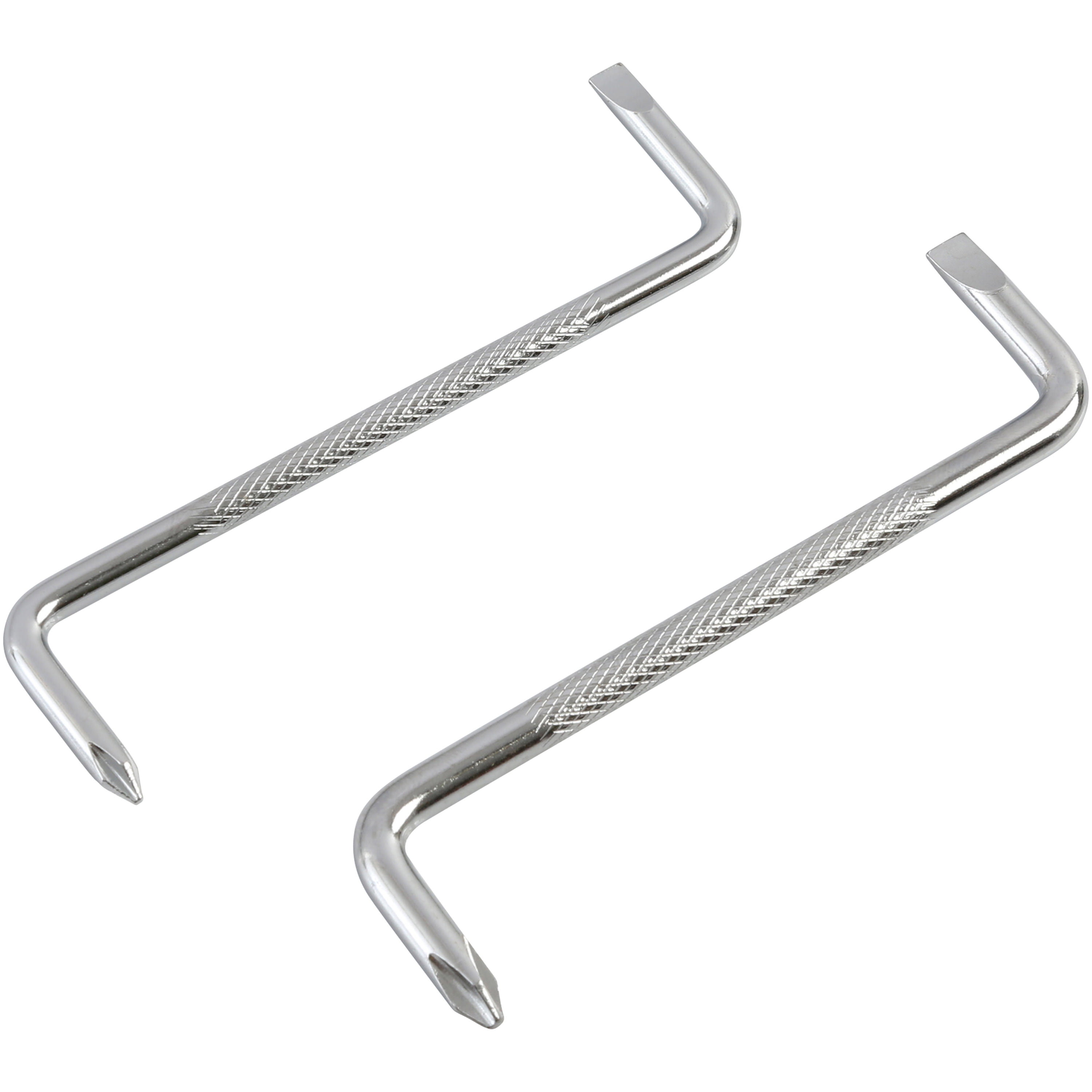
Maintenance and Care for Your Offset Screwdriver
Follow these straightforward steps to care for your tool:
- Keep it Clean: After each use, clean your offset screwdriver to remove any debris or dirt. A simple wipe with a dry cloth will do.
- Store Properly: Store your screwdriver in a dry place. Moisture can lead to rust and degrade the tool’s quality.
- Check Bits Regularly: Inspect the bits for wear and tear. Replace them if needed to ensure a good fit with screws and to avoid damage.
- Lubricate Moving Parts: If your screwdriver has a ratcheting mechanism, apply lubricant occasionally to keep it smooth.
- Tighten Any Loose Parts: Ensure that any removable bits or adjustable parts are secure before each use. A screwdriver that comes apart could cause accidents.
- Avoid Dropping: Dropping your screwdriver can damage the tip or mechanism. Handle with care and don’t work with it above areas where a drop can cause harm.
- Use Correctly: Don’t use your offset screwdriver as a pry bar or hammer.
By taking these simple steps, your offset screwdriver will remain a reliable asset in your toolbox for many years. Regular care will keep it at peak performance, making those hard-to-reach screws less of a challenge.
Selecting the Right Offset Screwdriver for Your Toolbox
When picking an offset screwdriver for your toolkit, consider these factors to make the best choice:
- Assess the Task: Think about the tasks where you’ll use the screwdriver. Additionally, choose a model that fits these uses.
- Check for Bit Types: Look for models with interchangeable bits if you need versatility. If you have specific needs, a fixed-head type might suffice.
- Consider the Size: Make sure the screwdriver size matches the tight spaces you’ll be working in. Bigger isn’t always better. Compact may be key.
- Grip Comfort: A comfortable grip is crucial for prolonged use. An ergonomic handle can prevent hand strain.
- Quality Matters: Go for a tool made from durable materials. It should withstand frequent use in varied environments.
- Magnetic Tip Option: A magnetic tip can hold screws and make your job easier. It’s helpful in avoiding lost screws.
- Ratcheting Function: For efficiency, a ratcheting mechanism can be a game-changer. It lets you work faster with less effort.
- Eco-Friendly Choices: If you prefer sustainable tools, look for eco-friendly models. They are better for the environment.
Remember, a good offset screwdriver can be your ally in tackling tight spots with ease. Take your time and choose wisely to ensure your purchase is a valuable addition to your collection.
